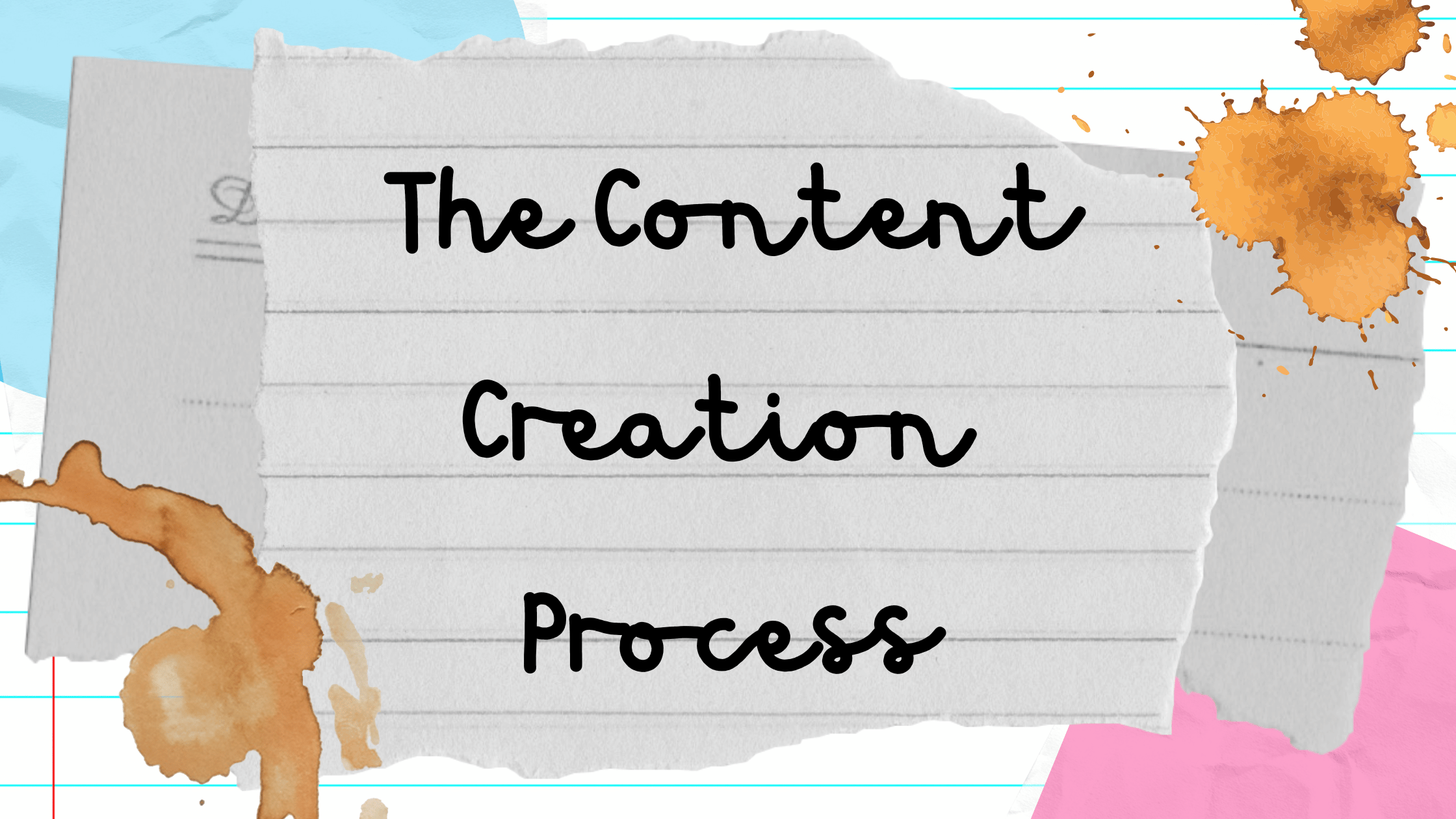The Content Creation Process
You know that you need content for your website, but is it worth hiring someone to do it? Can’t you just, you know, put some words into your website and hit publish and hope for the best?
Well, sure, that’s definitely an option. But if you want your content to do more than just sit around in your WordPress admin, it’s better to have an idea of how you want to use your content.
It’s best if your content is relevant to your audience and is polished so you look like someone who knows your stuff. Which, we know you do, but if you’re out of practice writing, it might be hard to convince your readers that’s the case.
For a lot of business owners, that means outsourcing your content to a freelancer or agency.
Before you jump in, here’s a rundown of all the things that go into writing content. You’ll find that it’s a lot more than just coming up with an idea, sitting down for a few minutes, and churning it out.
In This Article:
Content Creation Definition
Let’s start by defining what we mean by content and content creation.
When we talk about content, we’re talking about any type of words (articles, blog posts, landing pages, emails, social media posts, etc.) that are used to engage a reader.
Content creation is the process of developing and publishing content for a company or organization.
The goal of content creation is to provide valuable information to potential customers and increase brand awareness.
What It Takes To Write Good Content
Now, anyone can put words up on a website and call it a day. And, in some cases, that’s just fine.
But unless you’re working on a personal website that doesn’t need to earn a salary (like a personal blog or your personal Facebook account, for instance), it’s going to take some time to craft the type of content that ranks in search engines and drives conversions.
Here’s a look at the steps involved in the content creation process.
1. Research
Research is a HUGE component of content writing. The two go hand-in-hand. As content writers, we aren’t just handed a topic and told to run with it. We need to take the time to research the subject matter so that we understand who the audience is and what the purpose of the content is.
In addition to the subject matter, we do competitor research. We want to see what your competitors are writing, what they’re ranking for, and what they’re missing that you can include to stand out.
We also need to validate all our sources and fact-check when we find contradictory information (which, not surprisingly, there tends to be a lot of out there on the internet). Depending on the project, research might be the most time-consuming part of the writing process.
2. Strategy
You know that you need to churn out new content, but how long should it be, what should it be about, and where should you be posting it?
The answers to these questions and more all make up your content strategy.
We can write amazing content on any given topic, but it’s meaningless if it doesn’t get in front of the right audience at the right time. (If you don’t have a strategy, don’t worry. We can help you develop one.)
3. Understanding the Google quality rater guidelines
Not everyone has taken the time to get familiar with Google’s quality rater guidelines. That’s OK if you aren’t the one responsible for creating your company’s content.
Working with content creators who understand what Google’s quality raters look for when they’re evaluating a website or piece of content will ensure that your content is created according to best practices.
This is especially important for Your Money Your Life (YMYL) pages (those that can directly impact someone’s life either financially or through a lifestyle change).
4. Understanding and using SEO best practices
It’s not enough to just know what keywords you want to include. Knowing how to find them, where to put them, and how many times to include them are also important.
Also, SEO is about more than keywords. When you’re concerned with ranking, you need to write content that’s accessible for algorithms while still being useful for people. That means being deliberate when using transitions and writing for an appropriate grade level, depending on your audience.
But what if you’re not worried about SEO?
Here’s the thing. SEO writing best practices are useful even if your content is going to be distributed via emails or through targeted marketing.
The goals are to create content that’s easy for readers to read and that gives them the information they want. No matter how users find your content, they’re going to want content that’s easily digestible and has the information they need.
5. Proofing, editing, and updating
Proofreading is so important when it comes to content. A good editor will look for grammar and style issues. They’ll also make sure the organization of your content makes sense. Finally, your editor will make sure that your content appropriately links to other pieces of content on your website.
As for updating, it’s important to go back and update your content with some frequency. Older content will rank better when it has accurate information.
This will also help your readers who will benefit more from content that’s less than a year old than content that’s a few years old.
Let’s Create Some Content!
Are you feeling pumped about getting your content from where it is now to where you want it to be? So are we! We want to help you create and implement your content strategy so that your content gets in front of your audience.
Related Articles



Discover the words that defined 2024, and see how these top picks by leading dictionaries reflect our collective vibe, culture, and humor.